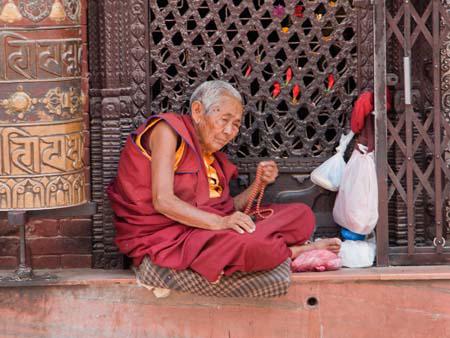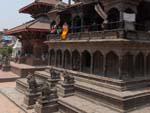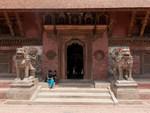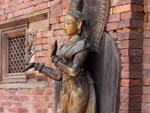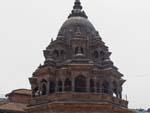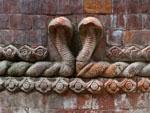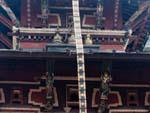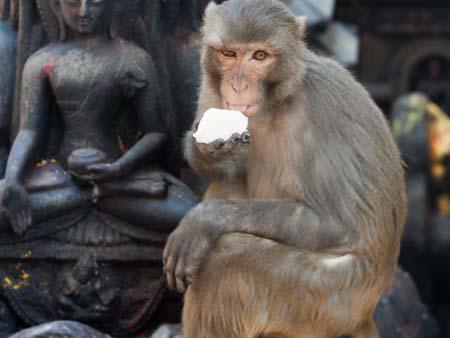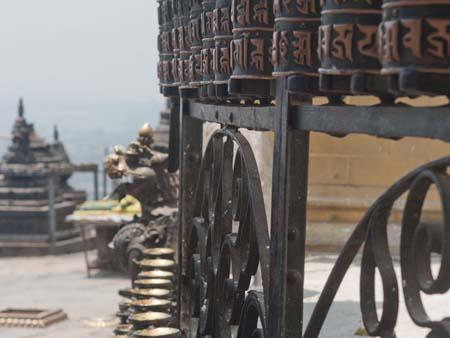Durbar means palace, and this area is very much the centre of the old city where the city’s royalty were crowned and celebrated. Along the way we had already enjoyed a vast array of Buddhist stupas, Hindu temples, shrines during our Lonely Planet walking tour (which, we noticed, so many other tourists were also doing) however were impressed by the number of temples clustered around Durbar Square. Highlights included;
Kasthamandap Temple – the oldest of the buildings in the square, building in the 12th century and which Kathmandu is named after.
Maju Devel – we joined many other Nepalese as we sat on the steps of this 17th century Shiva temple which overlooks the bustling area below.
Kumari Bahal – I was quite surprised to read that the Nepalese worship a real-life goddess – the Kumari Devi – and this is the house where she lives. The Kumari is basically a little girl, selected based on a rigid physical criteria and is tested to ensure she is able to select the correct items of her predecessor. She lives in the Kumari Bahal with her family, making occasional appearances, and is worshipped by the people. Once she reaches puberty she becomes mortal and another girl is selected. We somehow managed to visit on a day where she was making an appearance, a brief but fascinating appearance (particularly watching other people’s reactions upon seeing her). She was a normal childlike, young girl, with a face full of makeup.
Hanuman Dhoka palace – a massive palace complex guarded by an orange Hanuman statute out the front. Inside the palace are museums commemorating King Tribhuvan, King Mahendra and Birenda. Some extremely erotic carvings were evident in the courtyard of the Basantapur Tower.






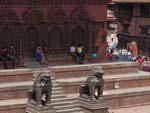

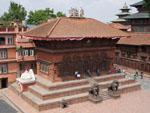






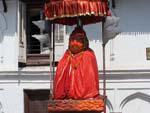

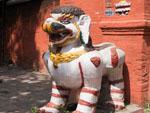












thydzikgooglemap(http://sonyaandtravis.com/maps/kathmandu-nepal-durbar-square.xml,s)
Thamel
We had a delicious Thakali daal baaht for dinner in Thamel.









































































































